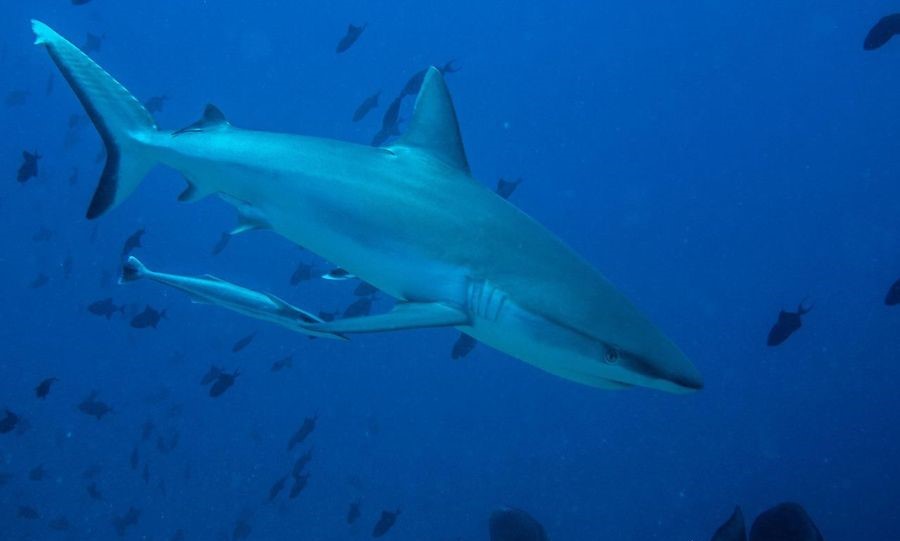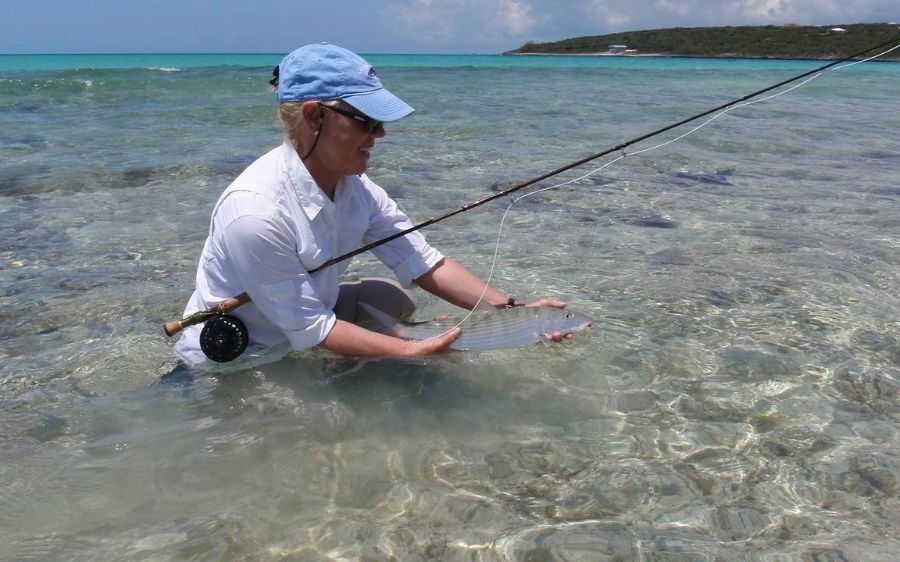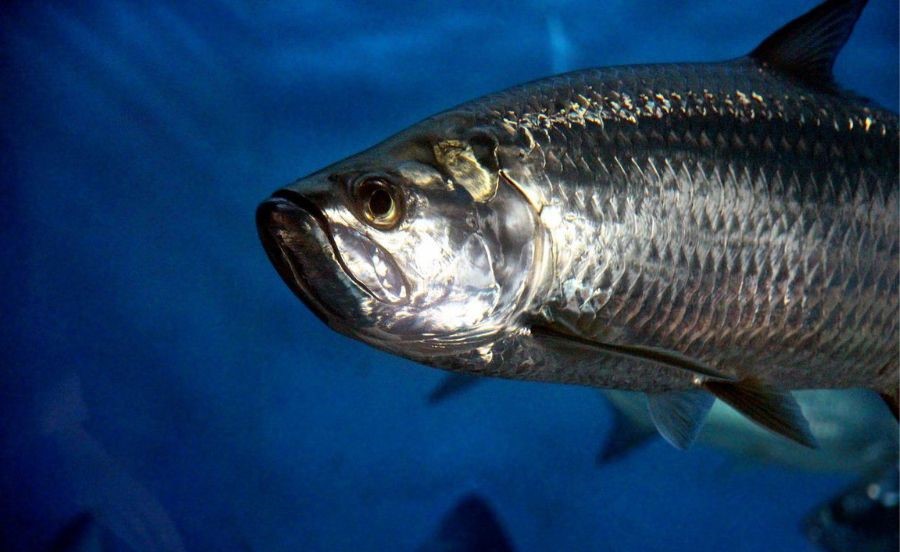The World’s Fastest Swimmer: The Black Marlin and Other Speedy Fish Part 2
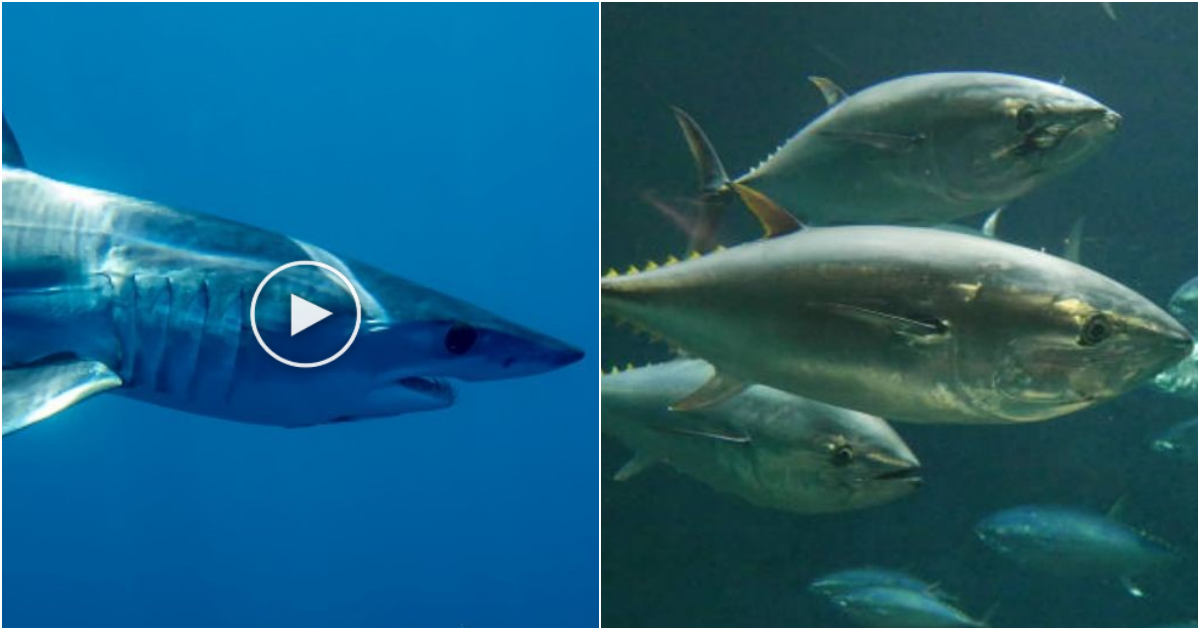
In the vast expanse of the world’s oceans, where the depths conceal mysteries beyond imagination, there exists a realm of unparalleled speed and agility. Within this aquatic realm, a select group of creatures have evolved to become true masters of speed, effortlessly slicing through the water with astonishing velocity. From the tropical to temperate waters, these creatures have claimed their place in the upper echelons of aquatic speedsters. Join us as we dive into the world of these remarkable marine beings, exploring the top six fastest Mako Sharks, the swift Atlantic Bluefin Tuna, the agile Blue Sharks, the rapid Bonefish, and the powerful Tarpon. Prepare to be enthralled by the awe-inspiring speed and grace of these remarkable creatures that rule the oceans with their unmatched swiftness. Welcome to the realm of the ocean’s fastest inhabitants.
Top 6: Shortfin Mako Shark – Speed: 74 km/h
Shortfin Mako Sharks can be found in tropical to temperate waters worldwide.
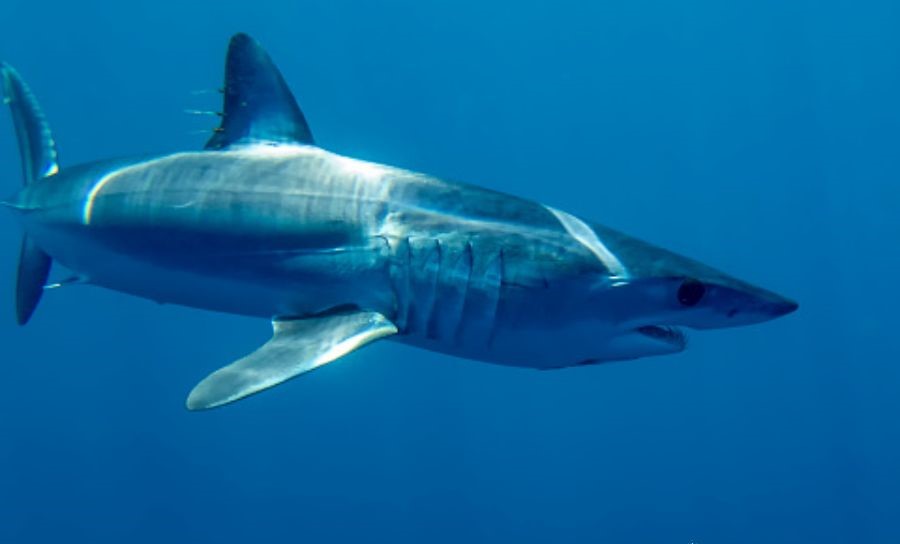
Top 7: Atlantic Bluefin Tuna – Speed: 70 km/h
This species is native to both the western and eastern Atlantic Ocean as well as the Mediterranean Sea. It has gone extinct in the Black Sea.
Top 8: Blue Shark – Speed: 69 km/h
Blue Sharks are a species of shark belonging to the family Carcharhinidae. They inhabit deep waters in temperate and tropical oceans. They are known for their agile and fast movements, often living in small groups based on gender and size, hence earning the nickname “wolves of the sea.” They have a lifespan of about 20 years.
Top 9: Bonefish – Speed: 64 km/h
Bonefish can weigh up to 6.4 kg and grow up to 79 cm long. They can live up to 20 years and reach sexual maturity at around 2-3 years of age. The average duration for their larvae to drift is 53 days. Juvenile fish typically inhabit open sandy bottoms.
Top 10: Tarpon – Speed: 56 km/h
Tarpons are a species of fish belonging to the genus Megalops. They are the only members of the family Megalopidae. Among the two species, one originates from the Atlantic Ocean, and the other is found in the Indian Ocean-Pacific region.

